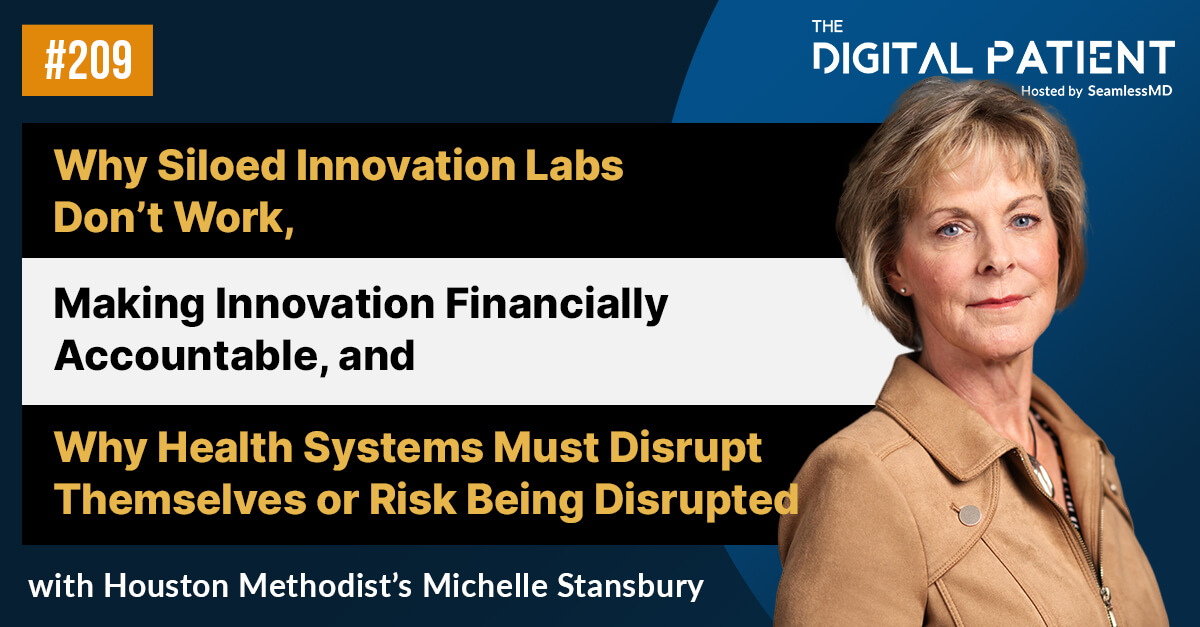People often ask who our competition is for SeamlessMD. Usually I rattle off a few companies and explain how we are different. And I do that because people are genuinely asking about other companies operating in the same space.The truth is that our competition isn’t the other patient engagement and remote monitoring companies.Our real competition are the written patient instructions that are overwhelming and at too high of a reading level; the verbal instructions patients receive after surgery that they forget anyways; the habit of telling every patient to go to the emergency department at the slightest inkling of trouble.That is, our biggest competition are the current, traditional practices in patient education and engagement.The current practices have more marketshare than any company out there, and changing these in-grained practices is far harder than competing with other companies on features and user experience.The good news is the shift in the medical culture is happening, as we are already seeing with our early adopters. And we are invigorated by the challenge to write the new story of patient education.This post was written by Dr. Joshua Liu, the co-founder & CEO of SeamlessMD.
The Seamless Team
SeamlessMD transforms paper-based instructions into an interactive, personal navigator for patients on smart phones, tablets and the web to improve outcomes and lower costs. https://www.seamless.md
.svg)









.png)
